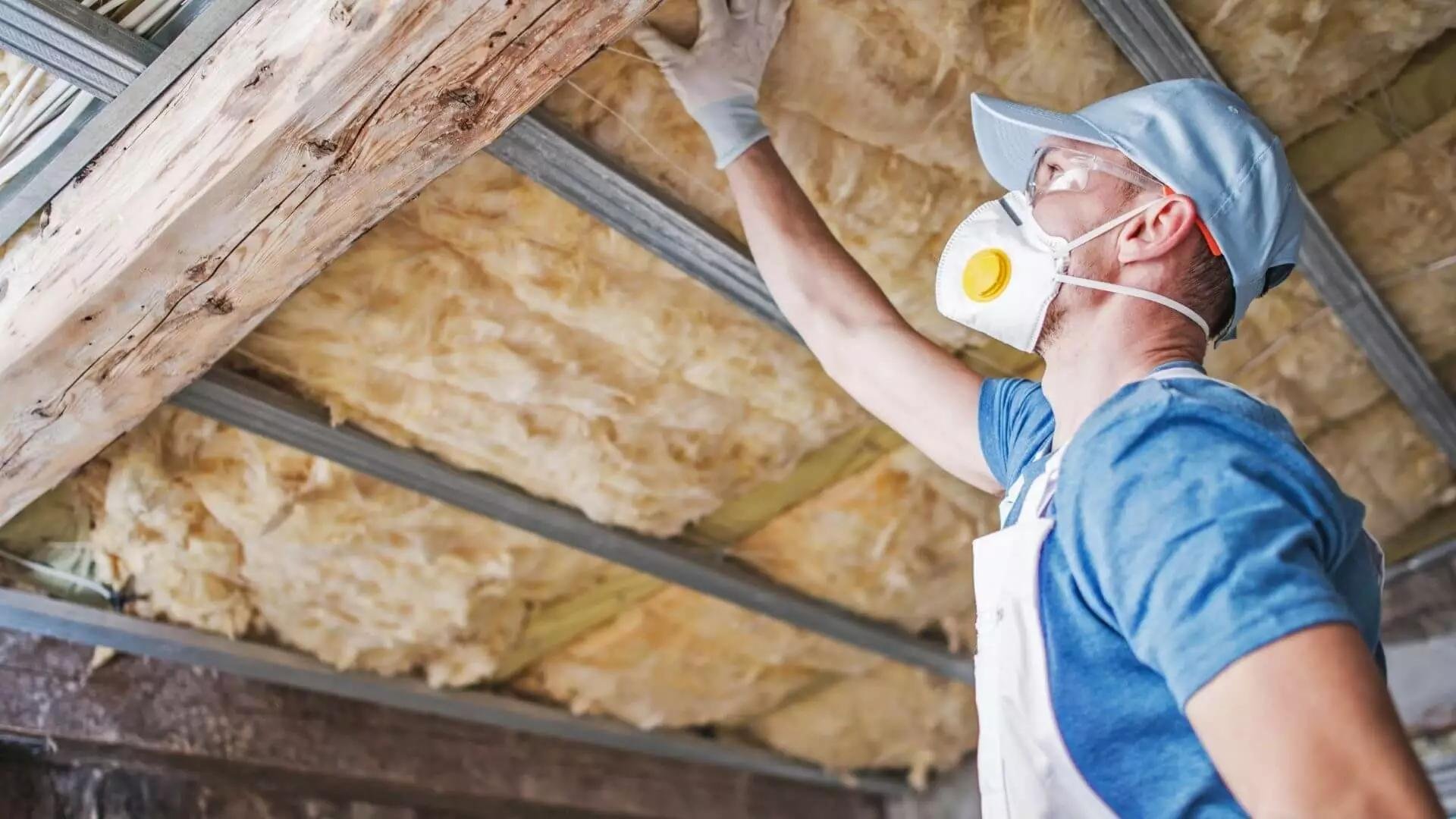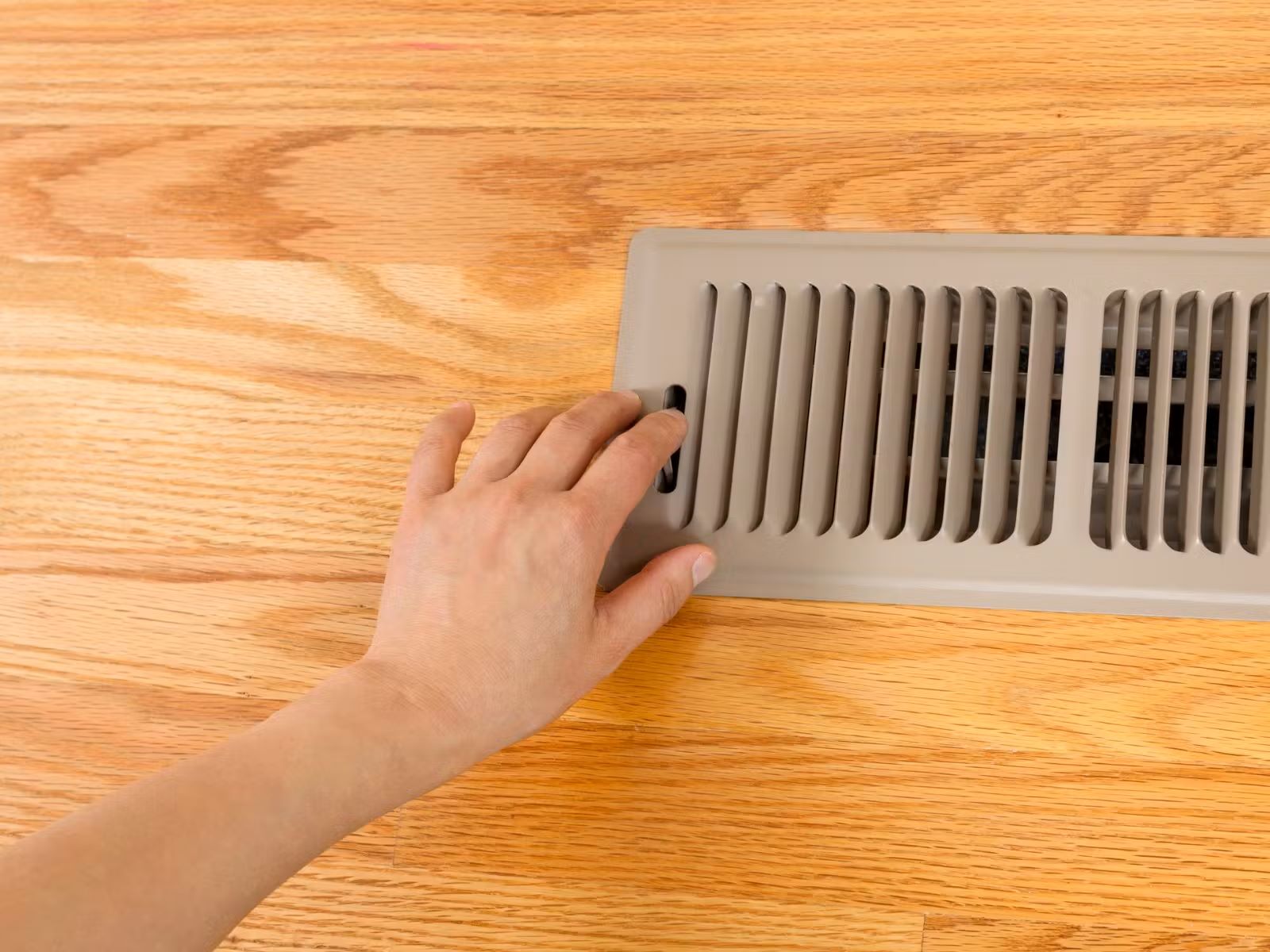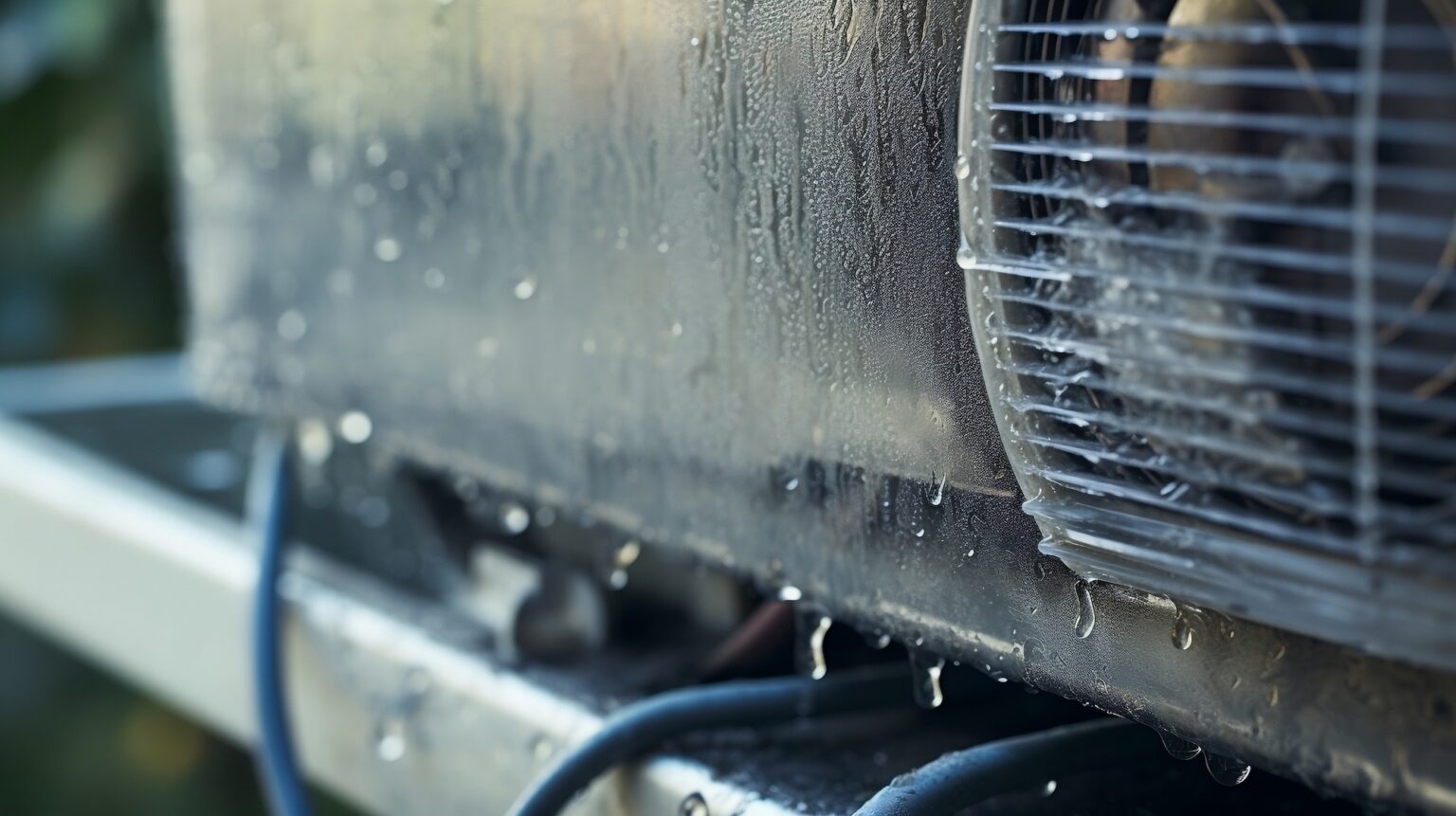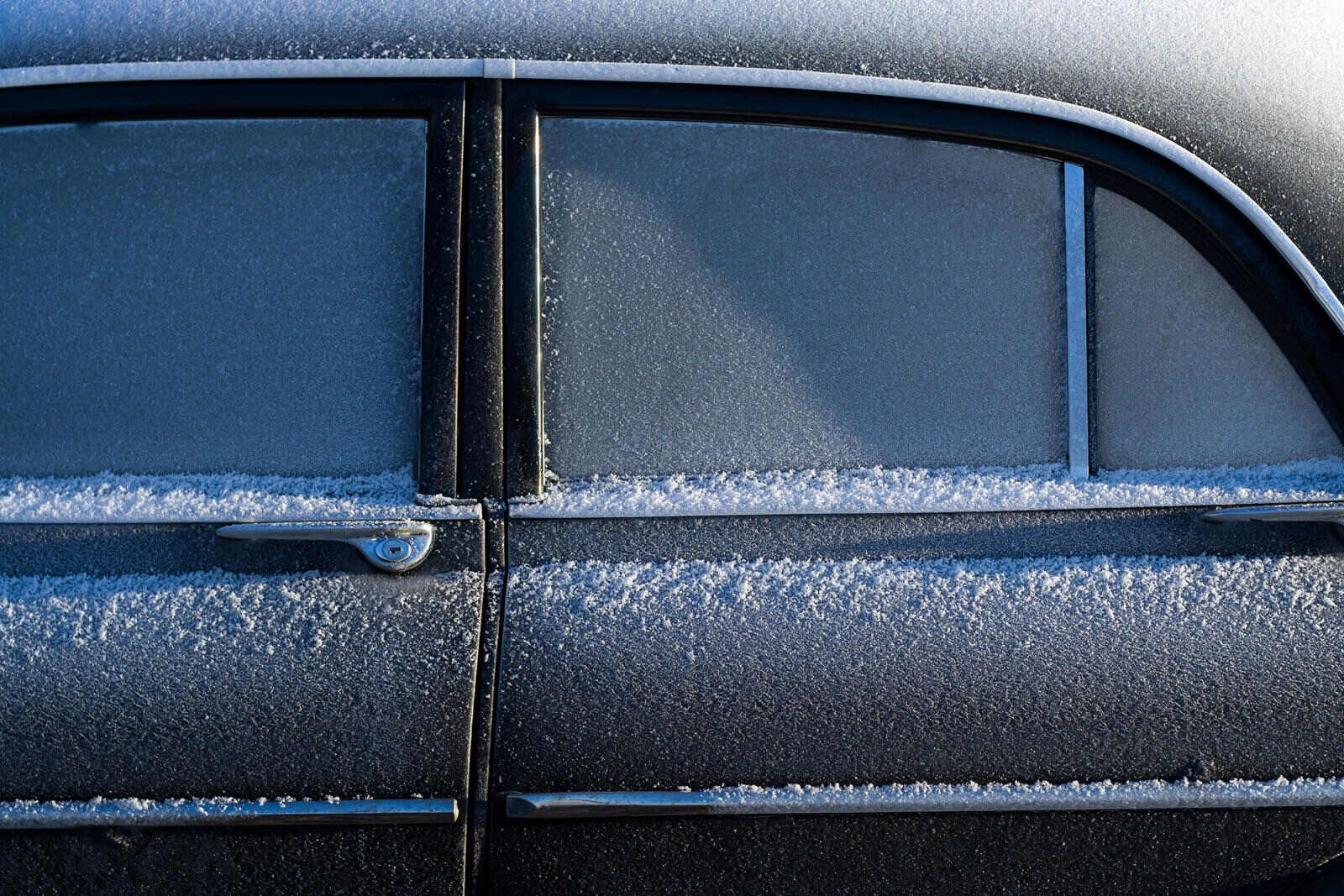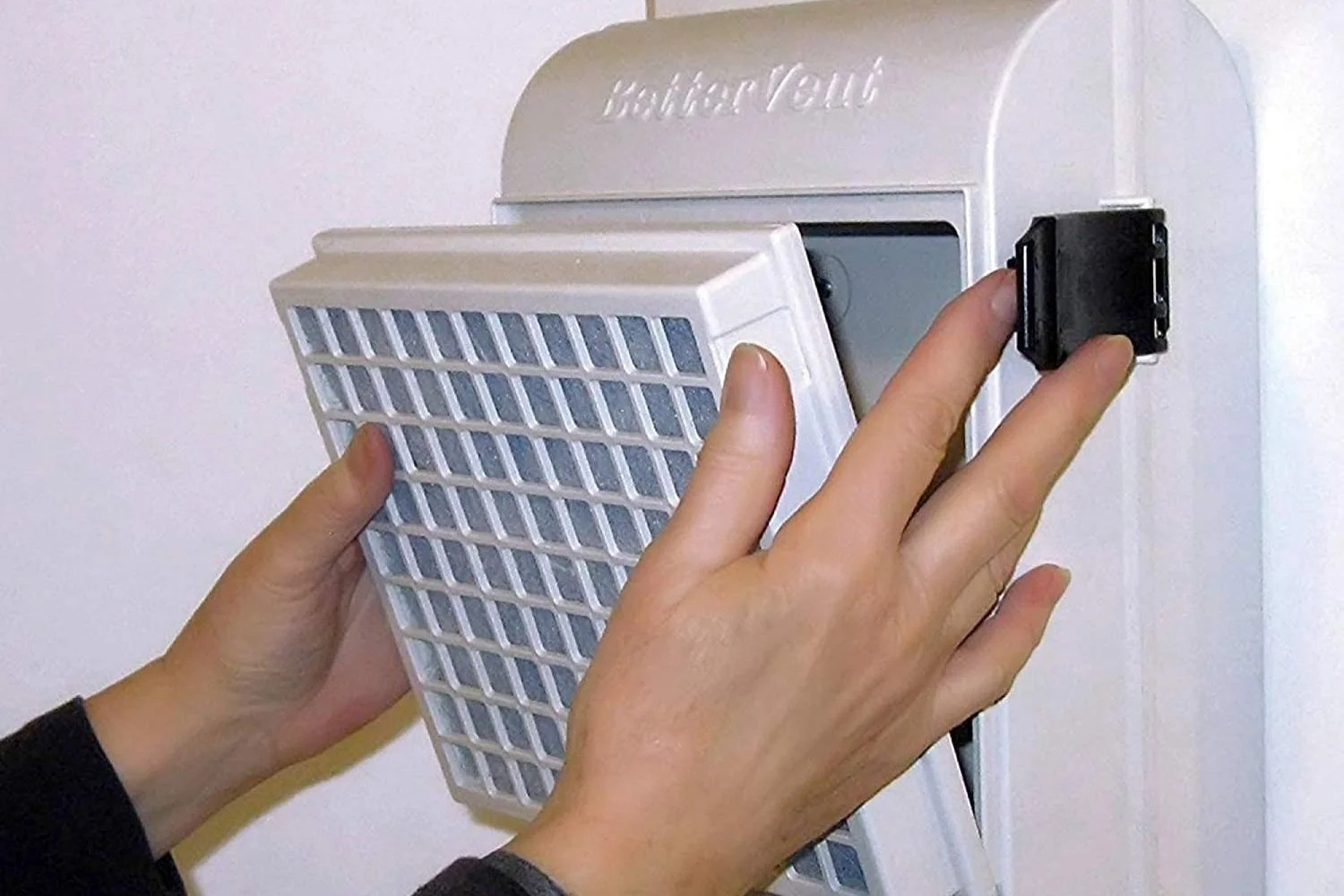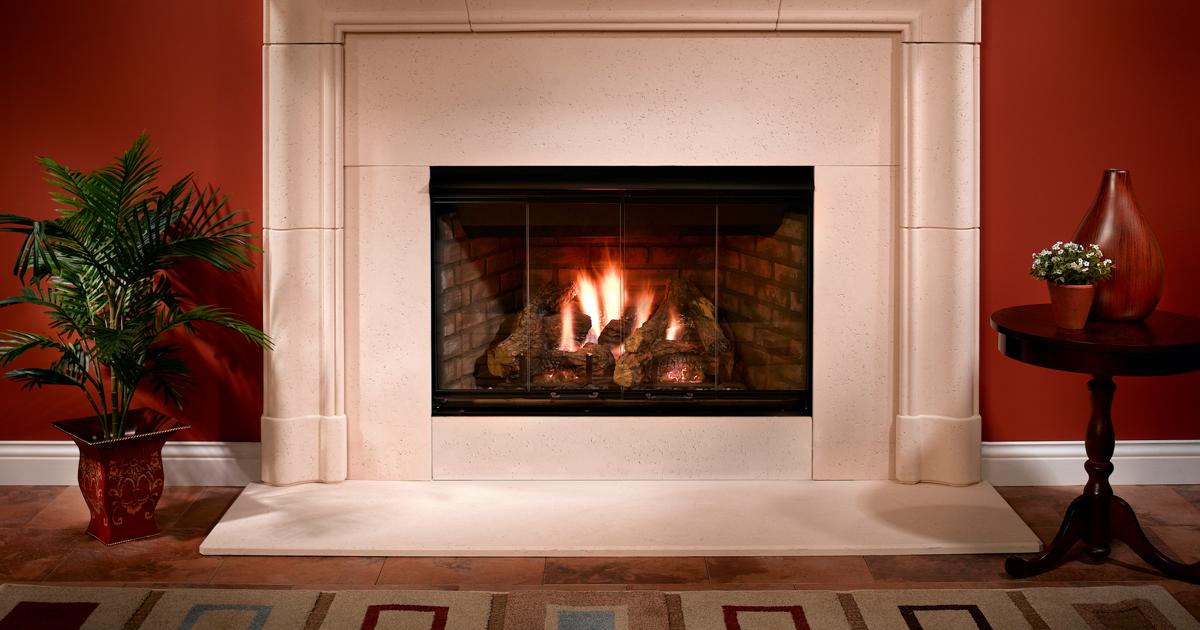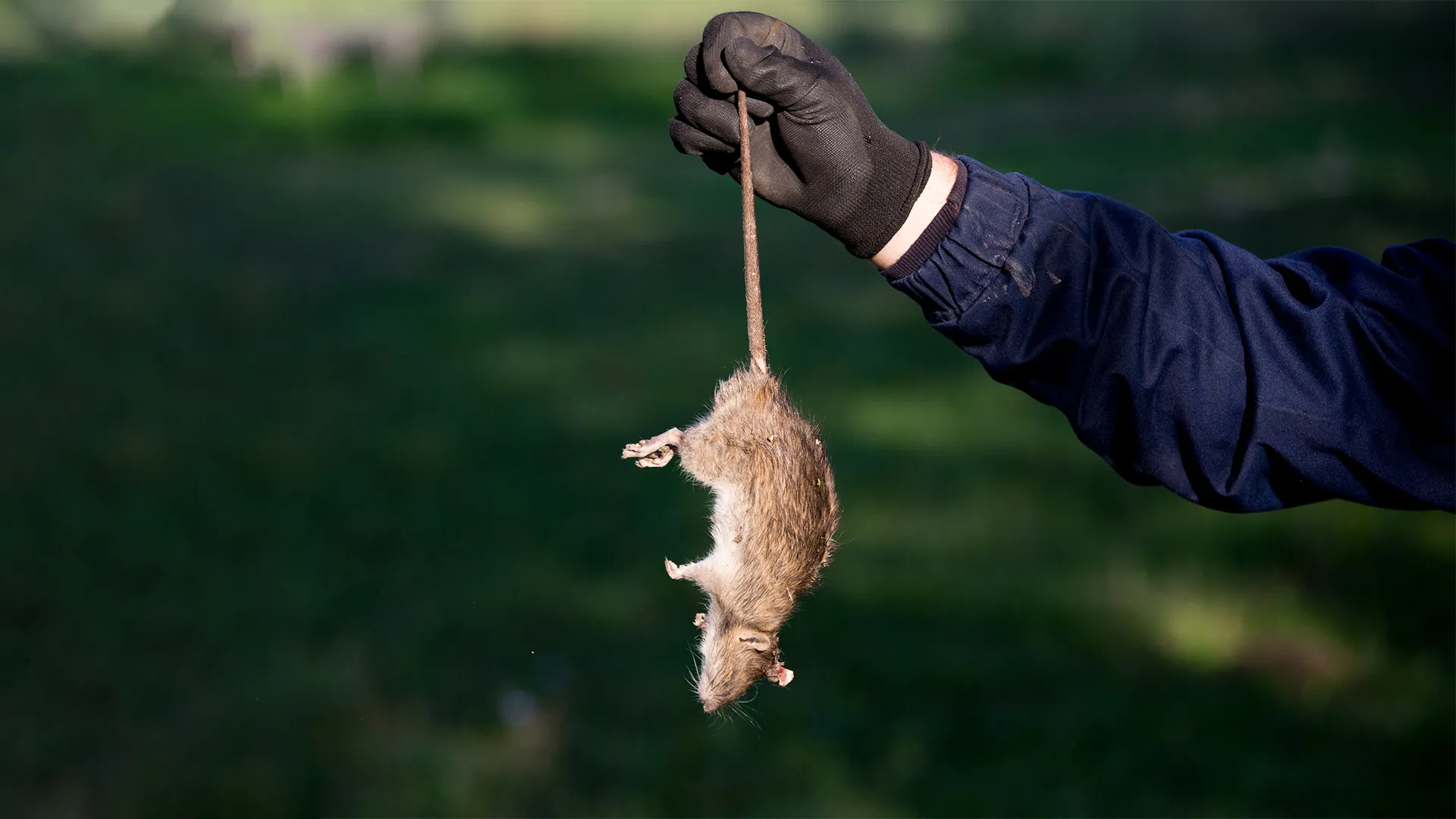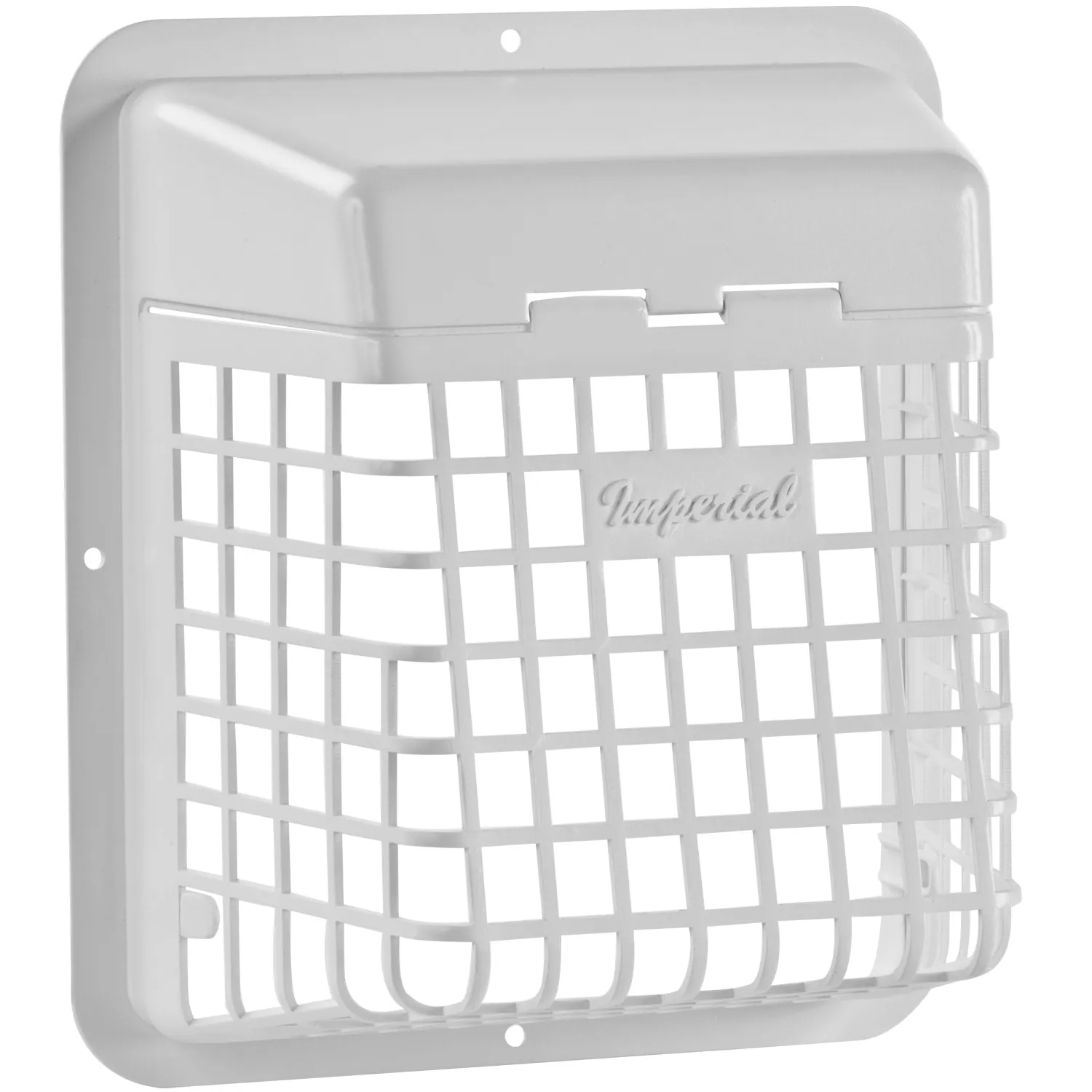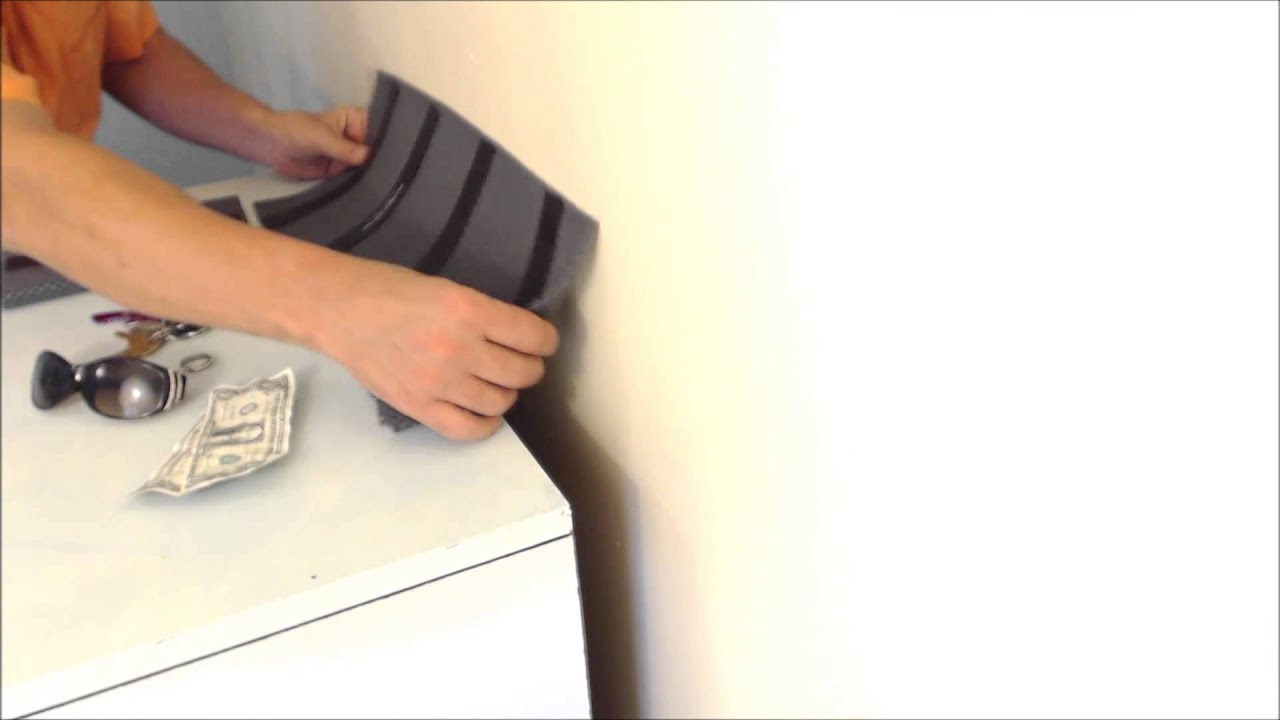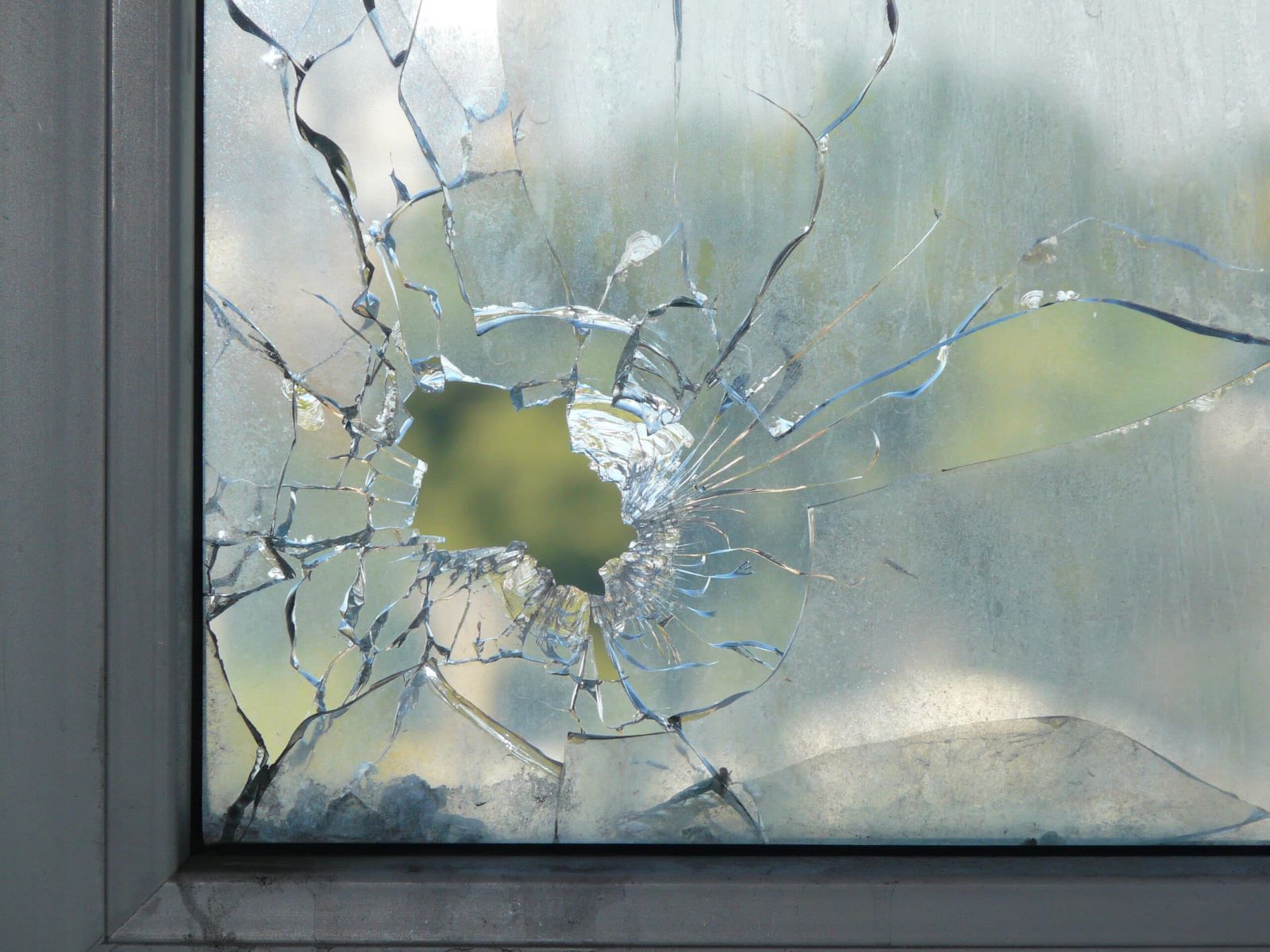Home>Home Maintenance>How Do I Keep My Dryer Vent From Falling Off
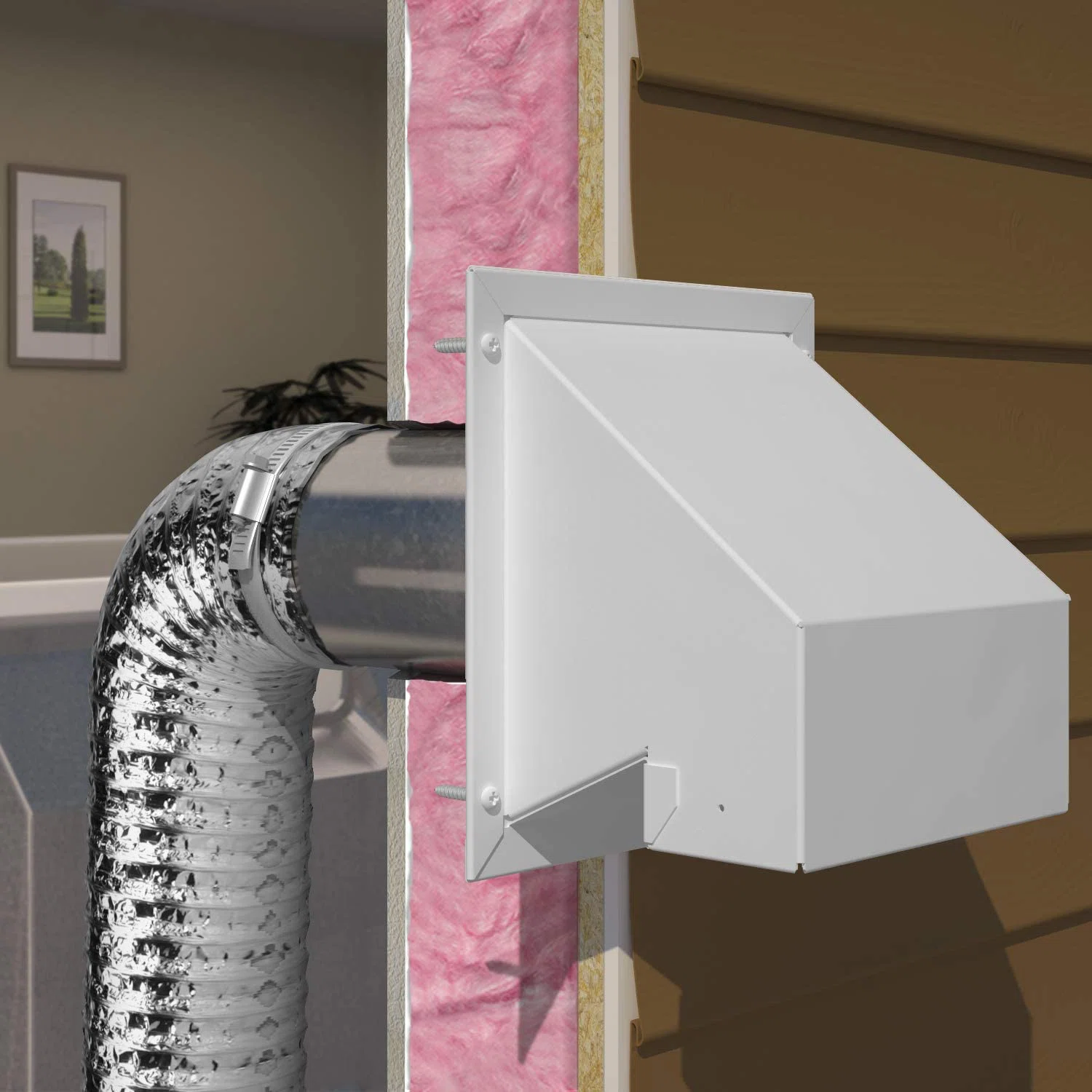

Home Maintenance
How Do I Keep My Dryer Vent From Falling Off
Modified: October 28, 2024
Learn effective home maintenance tips to prevent your dryer vent from falling off. Keep your dryer working efficiently and avoid potential safety hazards with these expert strategies.
(Many of the links in this article redirect to a specific reviewed product. Your purchase of these products through affiliate links helps to generate commission for Storables.com, at no extra cost. Learn more)
Introduction
When it comes to home maintenance, there are certain tasks that we often overlook, assuming that everything is functioning properly. One such task is ensuring that the dryer vent is securely attached. While it may seem like a small detail, the proper attachment of a dryer vent is crucial for the efficient and safe operation of your dryer.
Imagine the frustration of doing a load of laundry and finding that your dryer vent has fallen off. Not only does this inconvenience disrupt your daily routine, but it can also pose potential risks and issues if left unaddressed.
In this article, we will dive deeper into the significance of a properly attached dryer vent and the potential risks and issues associated with a dryer vent falling off. By understanding these factors, you will gain the insight needed to keep your dryer vent securely in place.
Key Takeaways:
- Regularly inspect and secure your dryer vent to prevent hazards. Look out for signs of a loose vent, such as lint buildup and reduced airflow, and address issues promptly to ensure safe and efficient dryer operation.
- Seek professional help if basic troubleshooting doesn’t fix the issue. Proper installation, routine maintenance, and timely repairs can prevent potential risks and extend the lifespan of your dryer vent system.
Read more: What Happens If A Dryer Vent Falls Off
Understanding the Dryer Vent Setup
Before we delve into the reasons behind a dryer vent falling off, it’s important to have a clear understanding of the components involved in a typical dryer vent installation. A proper dryer vent system consists of several parts that work together to safely and efficiently remove hot air and moisture from your dryer.
The main components of a dryer vent setup include:
- 1. Vent Hose: This flexible tube connects your dryer to the wall vent. It allows hot air and moisture to be expelled from the dryer and directed outdoors.
- 2. Wall Vent: Positioned on an exterior wall, the wall vent serves as the exit point for the hot air and moisture from the dryer. It is equipped with a flapper or damper that opens when the dryer is in use and closes to prevent drafts and pests from entering when not in use.
- 3. Vent Cover: Placed on the exterior side of the wall vent, the vent cover acts as a protective shield against the elements and unwanted pests. It is designed to allow airflow while keeping out debris and critters.
- 4. Clamps or Connectors: These are used to secure and connect the vent hose to both the dryer and the wall vent. Clamps are typically tightened with a screw or clamp tool to ensure a snug fit.
- 5. Lint Trap: Found inside the dryer, the lint trap captures lint and other debris generated during the drying process. Cleaning the lint trap regularly is essential for optimal dryer performance and reducing the risk of a clogged vent.
The materials used for dryer vent installations are typically constructed from flexible aluminum or rigid metal. Aluminum vent hoses are flexible and easy to install but are more prone to kinks and restrictions that can hinder airflow. Rigid metal vent systems provide better durability and airflow, but they may require professional installation due to their rigid nature.
The purpose of a properly installed dryer vent system is to efficiently remove hot, moist air from your dryer and expel it outdoors. Without a tight and secure connection between the dryer and the vent system, the efficiency of your dryer can decline, potentially leading to longer drying times and increased energy consumption. Additionally, a loose vent can allow excess heat and moisture to accumulate in your laundry room, leading to mold growth or other damage to your home.
Common Causes of Dryer Vent Detachment
A dryer vent falling off can be a frustrating and potentially hazardous situation. Understanding the main reasons why a dryer vent may become detached is key to preventing this issue. There are several factors that can contribute to a dryer vent falling off, including poor installation, wear and tear, and external influences.
1. Poor Installation: Improper installation is one of the primary causes of a dryer vent falling off. If the vent hose is not securely attached to both the dryer and the wall vent using appropriate clamps or connectors, it is more likely to become detached over time. A weak or loose connection can result in increased vibrations and movement during dryer operation, leading to the vent hose disconnecting.
2. Wear and Tear: Over time, the repeated use of the dryer and the constant exposure to heat and moisture can cause wear and tear on the vent hose and its connections. The materials may become weakened, deteriorated, or damaged, making them more susceptible to detachment. Regular inspections and maintenance can help identify signs of wear and allow for timely repairs or replacements.
3. External Factors: Environmental factors can also contribute to a dryer vent falling off. For example, if there are strong winds or storms in your area, the force of the wind or falling debris can cause the vent hose to become disconnected from either the dryer or the wall vent. Additionally, if the vent hose is located near a high-foot-traffic area, accidental bumps or pulls may lead to detachment.
It is important to address these common causes of dryer vent detachment to prevent potential risks and issues. Regularly inspecting the vent connections and ensuring they are secure can help mitigate the chances of a detached vent. If you notice any signs of a loose or damaged vent, address the issue promptly to avoid further complications.
Signs of a Loose Dryer Vent
Identifying a loose dryer vent is crucial to preventing potential risks and ensuring the efficient operation of your dryer. There are several signs and indicators that suggest a dryer vent is not securely attached. By recognizing these warning signs, you can take the necessary steps to address the issue promptly. Here are some key indicators to look out for:
1. Excessive Lint Buildup: If you notice an increase in lint accumulation within the dryer and around the lint trap, it may indicate a loose vent. When the vent is not securely attached, lint can escape from the vent hose and accumulate in the dryer or the surrounding area. This buildup not only compromises the efficiency of your dryer but also poses a fire hazard due to the highly flammable nature of lint.
2. Reduced Airflow: A loose dryer vent often leads to reduced airflow, resulting in longer drying times for your laundry. If you find that your dryer is taking longer than usual to dry clothes, it could be a sign that the vent hose has become partially or completely detached. Poor airflow can also cause clothes to feel damp or not dry properly after a full drying cycle.
3. Abnormal Noises: Another indicator of a loose dryer vent is the presence of unusual or loud noises during the drying process. If you hear rattling, banging, or other strange sounds coming from the dryer, it could be a result of a loose vent hose moving or vibrating during operation.
4. Excess Heat or Moisture: A loose dryer vent can allow hot air and moisture to escape into your laundry room instead of being properly vented outdoors. This can lead to an increase in room temperature and humidity levels. If you notice that your laundry room feels excessively hot or humid while the dryer is in use, it may be a sign of a vent detachment.
5. Foul Odors: A loose vent can also contribute to unpleasant odors emanating from your dryer. The accumulation of moisture and lint within the dryer due to improper venting can create a breeding ground for mold and mildew, resulting in musty or damp smells.
It is essential to address these signs of a loose dryer vent promptly to avoid potential risks. Regularly checking and ensuring a secure connection between the vent hose, dryer, and wall vent is crucial for the safe and efficient operation of your dryer.
Potential Dangers of a Falling Dryer Vent
A loose or disconnected dryer vent may seem like a minor inconvenience, but it poses significant safety hazards that should not be ignored. Understanding the potential dangers associated with a falling dryer vent is crucial for the safety of your home and family. Here are some of the risks that you need to be aware of:
1. Increased Risk of Fire: A loose or detached dryer vent can lead to a serious fire hazard. When the vent is not securely attached, lint, debris, and flammable particles can accumulate in the vent hose and the dryer itself. These highly flammable materials can ignite if they come into contact with the heat generated by the dryer. According to the U.S. Fire Administration, lint buildup is one of the leading causes of dryer fires. Therefore, a properly attached vent is essential to prevent the risk of a devastating fire.
2. Reduced Efficiency: A loose dryer vent hampers the proper airflow required for efficient drying. When the vent is not securely attached, the hot air and moisture produced by the dryer cannot be effectively expelled from the machine. This leads to restricted airflow, longer drying times, and increased energy consumption. Not only does this result in wasted time and higher electricity bills, but it also puts additional strain on the dryer’s components, potentially leading to premature wear and costly repairs.
3. Potential Carbon Monoxide Leakage: If your dryer is gas-powered, a loose vent can have even more serious consequences. Gas dryers produce combustion gases, including carbon monoxide, during operation. A properly attached vent ensures these toxic gases are safely vented outdoors. However, a loose or disconnected vent can cause the carbon monoxide to leak into your home, posing a severe health risk. Carbon monoxide is an odorless, colorless gas that is highly poisonous and can be lethal when inhaled in high concentrations.
4. Indoor Air Quality Issues: When a dryer vent is not securely attached, the excess heat and moisture produced by the dryer can accumulate in your laundry room. This trapped moisture can create an environment favorable for mold and mildew growth. These indoor air pollutants can have adverse effects on your respiratory health and trigger allergies or respiratory issues, especially for individuals with pre-existing conditions such as asthma or allergies.
It is crucial to be aware of these potential dangers and take necessary precautions to prevent them. Regularly inspecting and ensuring that your dryer vent is securely attached and free from any blockages or damage will help mitigate the risks associated with a falling dryer vent.
Regularly check the vent connection for any signs of loosening or damage. Use metal clamps to secure the vent to the dryer and the exterior vent hood to prevent it from falling off.
Read more: Why Does My Sandpaper Keep Falling Off
Preventive Measures to Keep the Dryer Vent in Place
Taking proactive steps to keep your dryer vent securely attached is essential for the safe and efficient operation of your dryer. By following these preventive measures, you can minimize the risk of a falling dryer vent and the associated hazards. Here are some practical tips and steps to ensure your dryer vent remains securely in place:
1. Proper Installation: Ensure that your dryer vent is professionally installed or installed according to the manufacturer’s guidelines. A proper installation includes securely attaching the vent hose to both the dryer and the wall vent using appropriate clamps or connectors. If you’re not confident in your installation skills, consider hiring a professional to install your dryer vent system.
2. Regular Inspections: Perform regular visual inspections of your dryer vent system to check for any signs of wear, damage, or detachment. Look for loose connections, kinks, or cracks in the vent hose. Check that the clamps or connectors are secure and tight. Inspect the vent cover to ensure it is intact and free from debris or blockages.
3. Cleaning and Maintenance: Regularly clean the lint trap of your dryer after each use. A clogged lint trap can restrict airflow and increase the risk of lint buildup in the vent hose. Additionally, schedule routine maintenance to clean the vent hose and remove any lint or debris that may have accumulated in the system. Keeping the vent system clean and clear of obstructions will help maintain optimal airflow.
4. Avoid Sharp Bends and Restrictions: When installing the vent hose, avoid sharp bends or unnecessary restrictions that can impede airflow. Smooth, gradual bends are preferable to minimize resistance and ensure proper ventilation. Trim the vent hose to the appropriate length to reduce excess hose that can potentially cause kinks or obstructions.
5. Secure and Protect Outdoor Vent: Make sure your outdoor vent cover is securely attached and in good condition. The vent cover should have a flap or damper that opens during dryer operation and closes when not in use to prevent drafts and pests from entering. Regularly clean the vent cover and remove any debris or buildup that may accumulate over time.
6. Handle With Care: Be cautious when moving or adjusting your dryer. Avoid pulling on the vent hose or exerting excessive force that could loosen the connections. Take care to not accidentally bump or knock the vent hose when accessing your dryer or performing maintenance tasks.
By implementing these preventive measures, you can significantly reduce the likelihood of a falling dryer vent. Regular inspections and maintenance will help identify any issues early on and allow for timely repairs or replacements, ensuring the safe and efficient operation of your dryer.
Troubleshooting and Fixes for a Falling Dryer Vent
Dealing with a falling dryer vent can be frustrating, but there are troubleshooting techniques and fixes that you can try before seeking professional help. Here are step-by-step instructions for reattaching a loose dryer vent and some common troubleshooting techniques for specific issues:
1. Reattaching a Loose Dryer Vent:
- Turn off the dryer and unplug it from the power source for safety.
- Inspect the vent hose, clamps, and connectors for any damage. Replace any worn or damaged parts, if necessary.
- Carefully align the vent hose with the dryer and wall vent, ensuring a snug fit.
- Slide the clamps or connectors over the ends of the vent hose and attach them tightly to both the dryer and the wall vent.
- Double-check that the vent hose is securely attached by gently tugging on it.
- Plug in the dryer and test it to ensure proper airflow and functionality.
2. Troubleshooting Techniques:
- If the vent hose keeps slipping off, consider replacing the clamps with more secure options like metal worm gear clamps or spring-loaded clamps.
- If the vent hose is excessively long, causing kinks or restrictions, trim it to the appropriate length to ensure smoother airflow.
- If lint buildup is a recurring issue, clean the vent hose and lint trap more frequently to prevent clogs. Consider using a dryer vent cleaning brush or a vacuum attachment specifically designed for dryer vent cleaning.
- If the wall vent is damaged or not sealing properly, replace it with a new one to ensure proper ventilation.
- If you are experiencing persistent problems with the dryer vent, seek professional help from a qualified technician who can inspect the entire system and make necessary repairs or adjustments.
It’s important to note that these troubleshooting techniques and fixes may vary depending on the specific model and type of dryer vent system you have. Always refer to the manufacturer’s instructions and guidelines for your particular dryer model to ensure proper installation and maintenance.
Remember, if you are not confident in your abilities or if the issue persists after attempting these fixes, it is best to consult a professional. They have the expertise and tools to diagnose and resolve complex dryer vent problems while ensuring your safety and the efficient operation of your dryer.
Professional Help and Maintenance
While some dryer vent issues can be resolved with basic troubleshooting and DIY fixes, there are situations where it is necessary to seek professional assistance. Knowing when to call in the experts can save you time, ensure proper repairs, and prevent further complications. Additionally, establishing a routine maintenance schedule can help prevent future detachment of your dryer vent. Here are some guidelines to consider:
1. When to Seek Professional Help:
- If you are unsure about the proper installation or reattachment of your dryer vent, it’s best to consult a professional technician. They have the knowledge and experience to ensure that the vent is securely and correctly installed, minimizing the risk of future detachment.
- If you have attempted troubleshooting techniques several times but the issue persists, it’s time to call in the professionals. They can perform a thorough inspection of your dryer vent system and identify any underlying problems or damage that may require specialized tools or expertise.
- If you suspect or detect a gas leak from your gas-powered dryer, immediately evacuate your home, contact your gas company, and seek professional assistance. Gas leaks are extremely dangerous and should be handled by trained professionals to ensure your safety.
- If your dryer vent system has not been inspected or cleaned in a long time, it’s advisable to schedule a professional maintenance service. They can thoroughly clean the vent system, remove stubborn lint or debris, and ensure proper ventilation and airflow.
2. Routine Maintenance Guidelines:
- Regularly inspect the vent hose, clamps, connectors, and wall vent for any signs of wear, damage, or detachment. Address any issues promptly to prevent further complications.
- Clean the lint trap after each drying cycle to prevent lint buildup. Additionally, clean the vent hose and wall vent periodically to remove any accumulated lint or debris.
- Consider scheduling professional dryer vent cleaning at least once a year, especially if your dryer is heavily used or if you notice signs of reduced airflow or persistent lint buildup. This will ensure optimal performance and prevent potential fire hazards.
- Follow the manufacturer’s guidelines for maintenance and operation of your dryer. This includes proper loading, avoiding overloading, and following recommended drying cycles.
By seeking professional help when necessary and implementing routine maintenance practices, you can extend the lifespan of your dryer vent system, minimize safety risks, and ensure the efficient operation of your dryer.
Conclusion
A securely attached dryer vent is not just a minor detail in home maintenance; it is crucial for the safe and efficient operation of your dryer. The potential risks and issues associated with a falling dryer vent can be considerable. From fire hazards to reduced efficiency and even carbon monoxide leakage, the consequences can be severe.
By understanding the components of a dryer vent system and the common causes of detachment, you can take preventive measures to keep your dryer vent in place. Proper installation, regular inspections, and routine maintenance are essential to ensure that the vent hose remains securely attached and free from damage or wear.
Recognizing the signs of a loose dryer vent, such as excessive lint buildup, reduced airflow, abnormal noises, and excess heat or moisture, allows you to address the issue promptly. Ignoring these warning signs can lead to further complications and potential hazards.
In cases where basic troubleshooting techniques are insufficient, it is advisable to seek professional help. They have the expertise and tools to handle more complex dryer vent issues, ensuring the safety of your home and family.
Remember, taking the necessary precautions and addressing any issues promptly can save you time, money, and potential risks. Regular maintenance, including cleaning the lint trap, inspecting and securing the vent connections, and scheduling professional cleanings, will help maintain optimal airflow, reduce the risk of lint buildup, and increase the lifespan of your dryer vent system.
Don’t overlook the importance of a securely attached dryer vent. By implementing proper installation, regular maintenance, and addressing issues promptly, you can enjoy the benefits of a safe and efficient drying process while enhancing the overall performance and longevity of your dryer.
Frequently Asked Questions about How Do I Keep My Dryer Vent From Falling Off
Was this page helpful?
At Storables.com, we guarantee accurate and reliable information. Our content, validated by Expert Board Contributors, is crafted following stringent Editorial Policies. We're committed to providing you with well-researched, expert-backed insights for all your informational needs.



